It has been a busy week down here. We got our first flight (the check flight) off on Sat, and we managed another 3 flights this week as well.
We are flying a grid pattern over the Ross Ice Shelf to try and gather a fairly complete dataset on the ice shelf and the geologic structure beneath it using a a variety of instruments: Shallow Ice Radar (SIR), Deep Ice Radar (Dice), Gravimeters, Magnetometers, Lidar, Cameras, and Positioning systems. The combined data also gives us an improved ocean bathymetry dataset under the ice shelf.
The grid pattern we fly has fairly good resolution. We fly on “lines” across the shelf. The horizontal lines are about ~10 km apart, and the vertical lines are ~55 km apart. This is the third and final year of the program and we are hoping to complete the grid. We need to get 18 flights done in order to complete it! Our flights are generally 6-8 hrs, and we usually get two lines done per flight ( one line out, and a different line back).
All the instruments except the gravitmeters are combined in a unit called the ICEPOD. The ICEPOD is an Integrated Ice Imaging System for the LC-130s. It is installed on the outside of the LC-130s. http://www.ldeo.columbia.edu/res/pi/icepod/Instruments.html
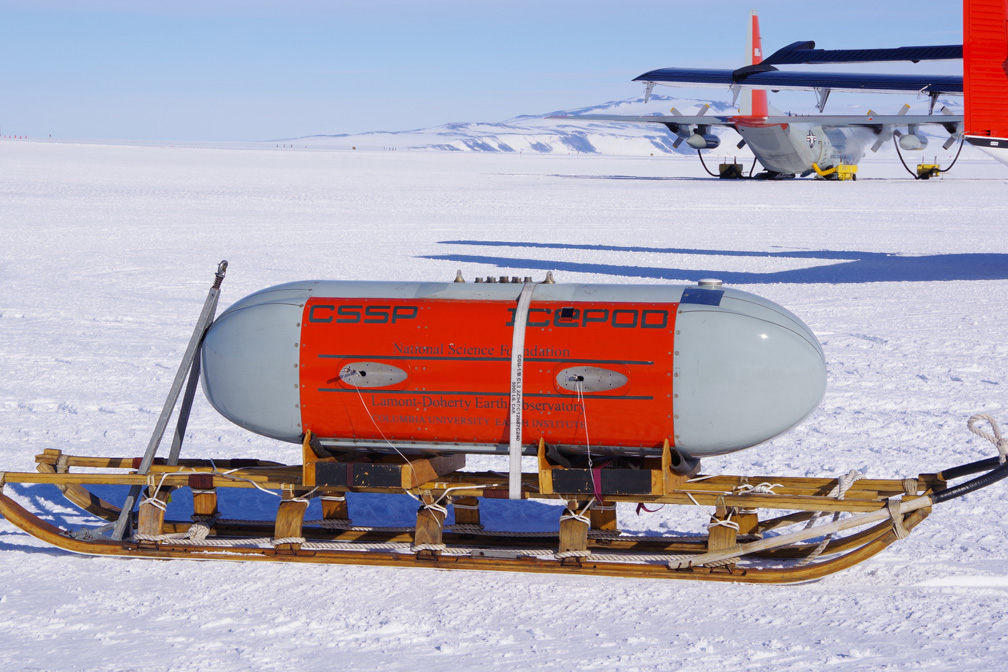
Our first flight was a check flight, and a repeat of a previous line. This helps us check out systems and make sure everything is working properly. I got to go out on the first flight and it was AMAZING! We started the flight with a fly over McMurdo and then traveled south over the Transantarctic Mountains before flying out on the line over the ice shelf. There is a “bubble door” that is a rounded clear door that is situated right above where the the icepod is located that lets you get a great view of the icepod (and everything else).
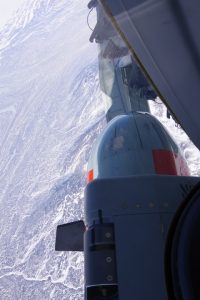
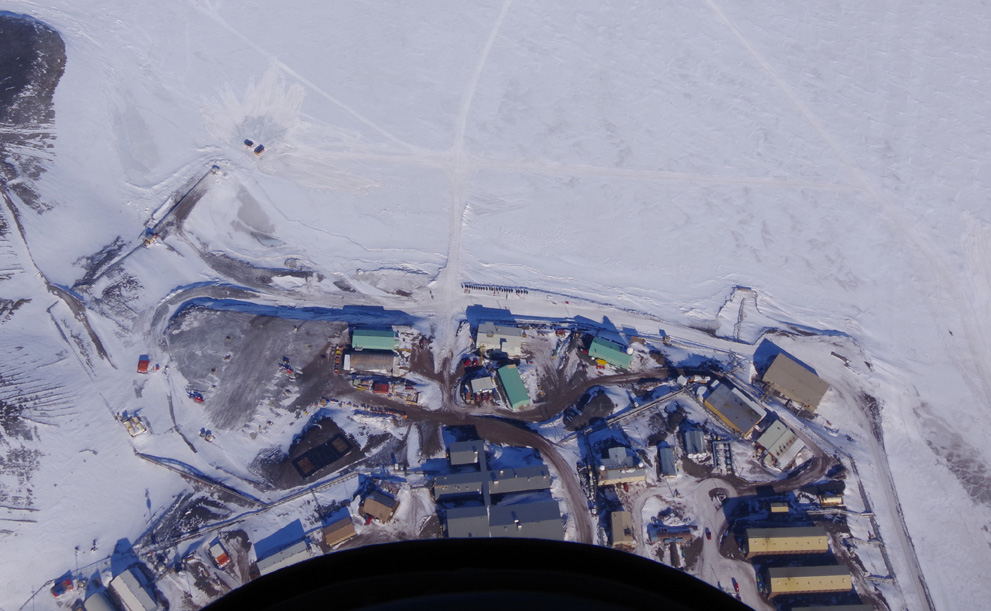
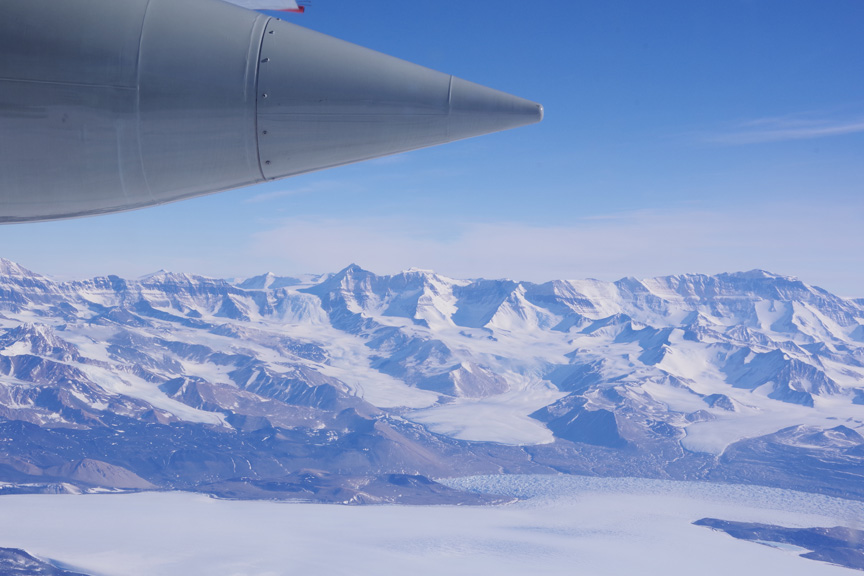
The next 3 flights were new lines. After each flight, we have to archive all the data (3 copies of everything) and then certain segments are pulled out and various people work on QC-ing ( Quality Checking) the data. There is a constant stream of logs to fill out and archive as well. And all this is done in our rac-tent. It is a busy place after a flight. We all work on 12 hr shifts, and we easily spend more than that on our work in a day. And we always cross over with the next shift to make sure we know what is happening and help each other. Even on a no fly day there are plenty of tasks to finish to keep things running smoothly.
We have had a temporary delay in flights the last day and a half, and have had some time to regroup. The plane that our equipment was on had to go back to Christchurch for maintenance, so we had to uninstall the ICEPOD and reinstall it on a new plane.
And last night a storm came through as well. The storm closed down the airfield and our team had to evacuate for a “Condition 2” – Lots of wind and blowing snow. Happily, I got out of there at 7 pm before it got too severe. The night shift were called, and told to evacuate from there at 8:45pm.
Our next flight is scheduled for tonight, and everything is back to condition 3 around here (although still really cold and windy), so we will head back to the tent soon and get the snow drifts shoveled away from the tent and start working again.
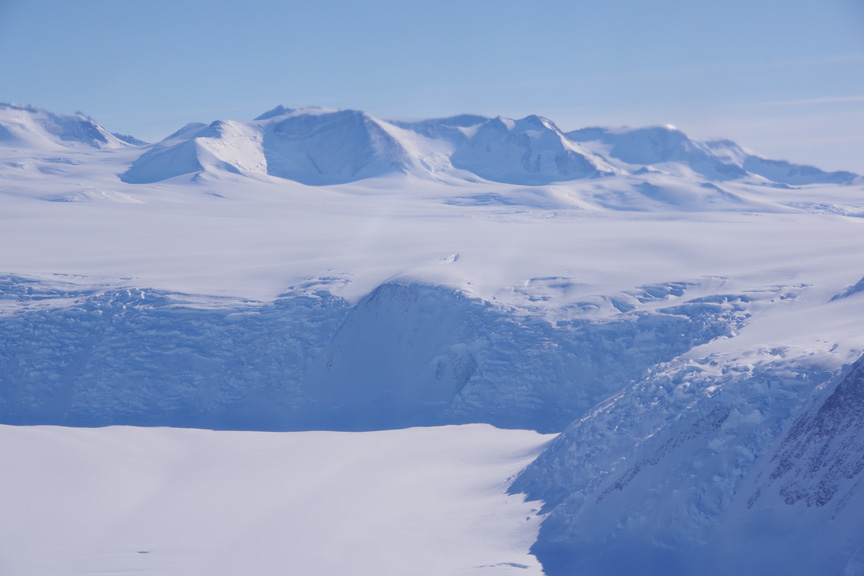

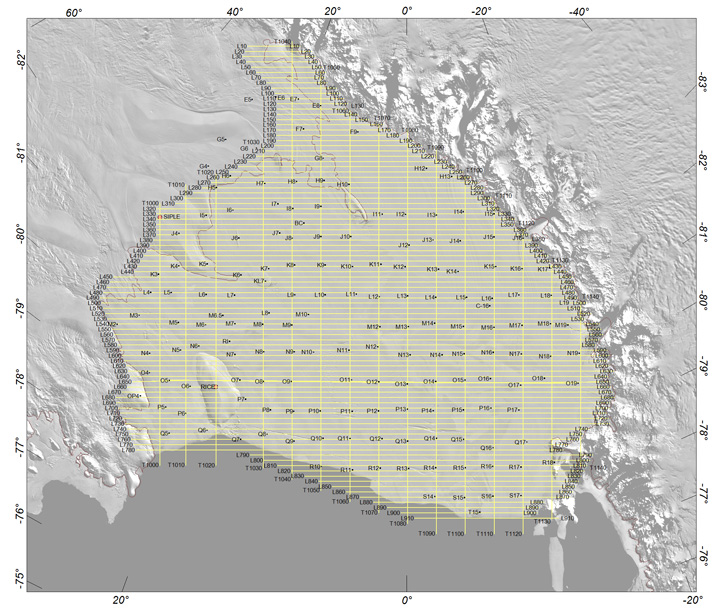
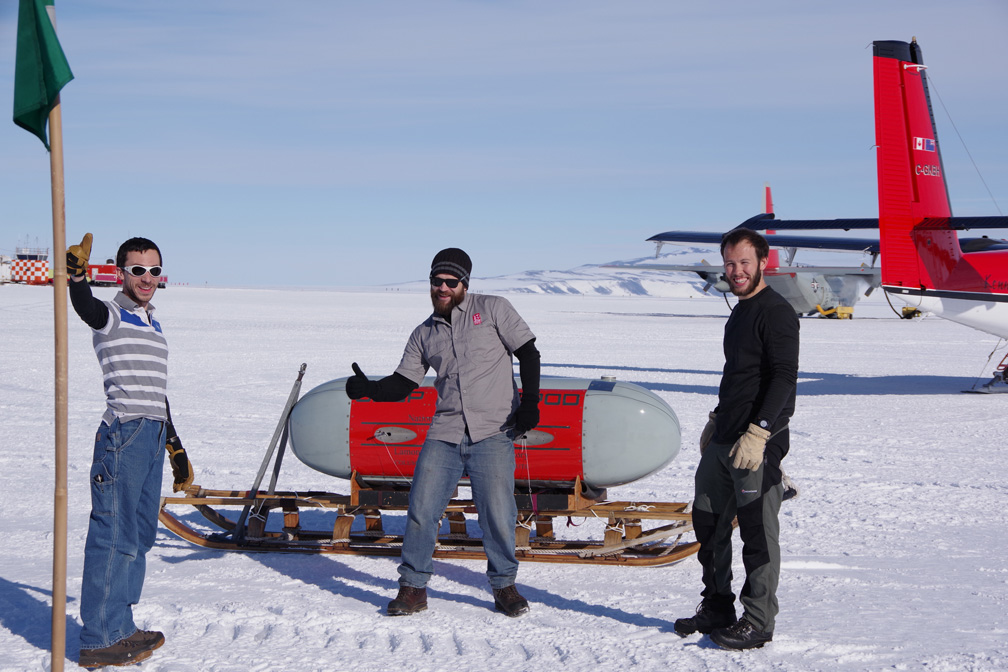
Wow! Amazing how big the ice shelf is! Thanks for these great posts and the perspective on what doing science is like down there. Hope you will get some good weather for more flights.